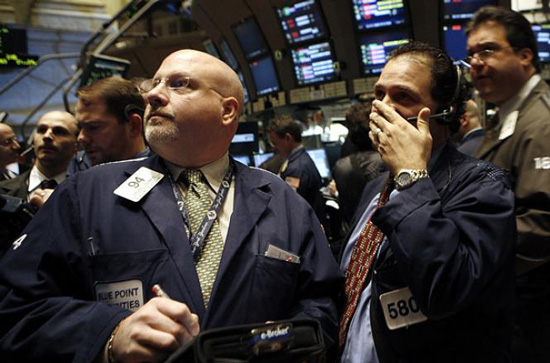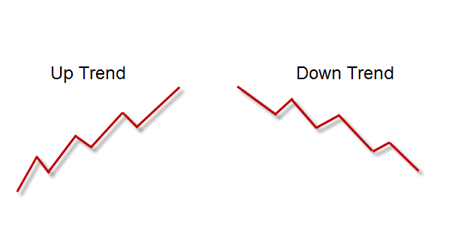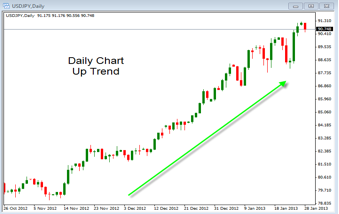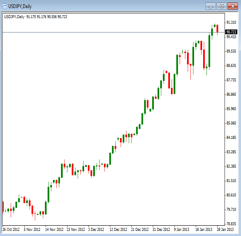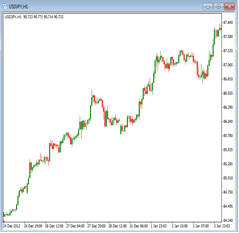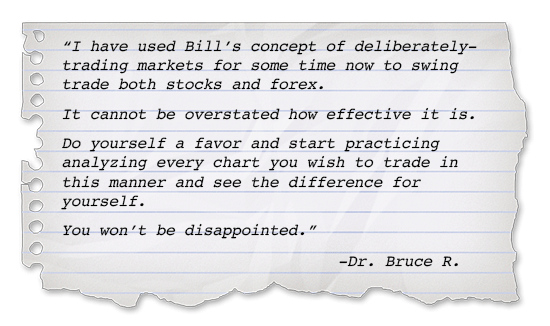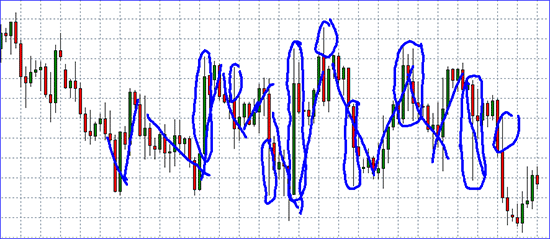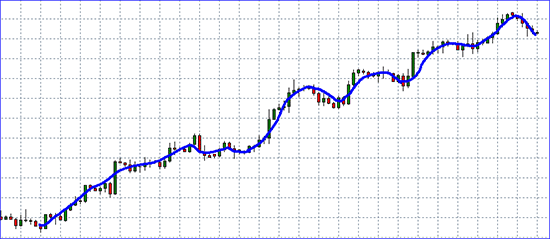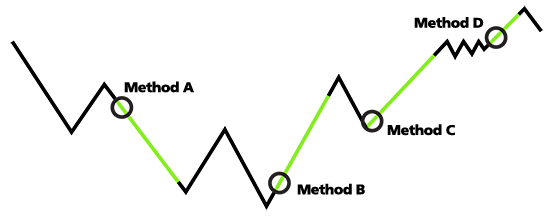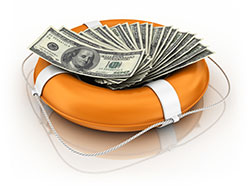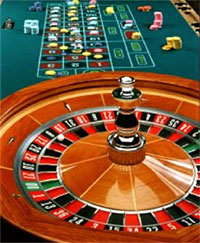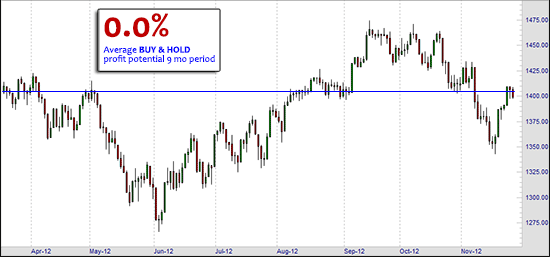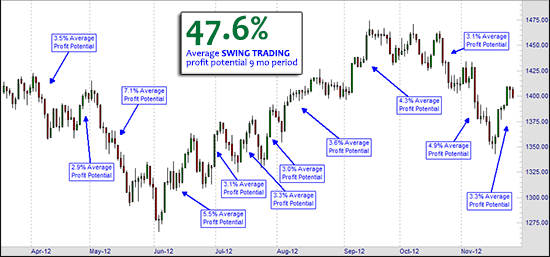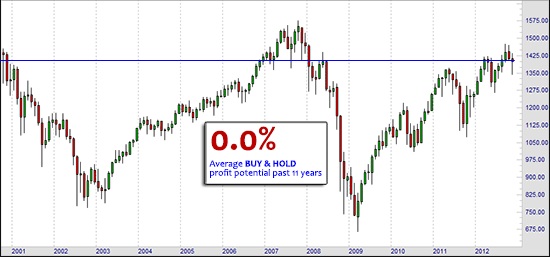I have heard it said time and time again that the first thing that you need to do to succeed at anything (including internet stock trading) is to show up, some say that everything after that is just details. This is a very true statement when it comes to trading regardless of the market or markets that you are trading in. Generally speaking if you are trading right or if everything is going well for you with your trading it can be quite boring. You can trade very short term which can create allot of excitement but if you are in a longer term trade that is working other than monitoring and moving stops as necessary or whatever your management model tells you to do, generally speaking there isn’t much to do around it sometimes for extended periods of time.
Looking at a daily chart day after day or any time period chart period after period and not seeing any investment opportunities that have setup according to whatever your trade setup criterion are can be frustrating and little defeating in a way sometimes seeming like it is a waste of time. When you look back at your charts however you may see specific entry points for trades that would have worked out well that you did not participate in for one reason or another very possibly because you did not see them when they first presented themselves. If you would have looked at the charts at the close of every time period that you are trading on you would have never missed a trade setup however looking at the charts only when it is convenient is much easier. Unfortunately it is also a very lazy way to trade which may take what you think is you’re trading business away from being a business and making it more of a trading hobby.
The first line of this article states that the first thing you need to do to succeed is to show up so showing up at the end of each period that you are trading on is essential. The choices that you make after that are the details but physically being in front of your computer to know if there is an opportunity for you is essential. Looking at the charts for a few minutes at the end of each interval can get to be a hassle especially during very flat or quite times in the market but getting into the habit of being there regardless of the result is not much different than placing a trade order that meets your requirements regardless of any other external factors. It is very easy to come up with a multitude of reasons why you shouldn’t enter the market often times many traders can do this even if they get a setup that they like.
Being as unattached and unemotional as possible is the best way to succeed as a trader knowing that regardless of what else happens you will succeed X% of the time. As long you know what X% is and you can actually achieve it there isn’t allot of thinking that we need to do we just need to show up, follow our rules, realize a successful trade or an unsuccessful trade and then go on to the next trade. Over thinking about why it is a waste of time to look at the charts at every interval and then over thinking about the trades themselves are two of the surest ways you can fail as a trader. If you can be disciplined and get yourself out of your own way you are a lot more likely to succeed.


